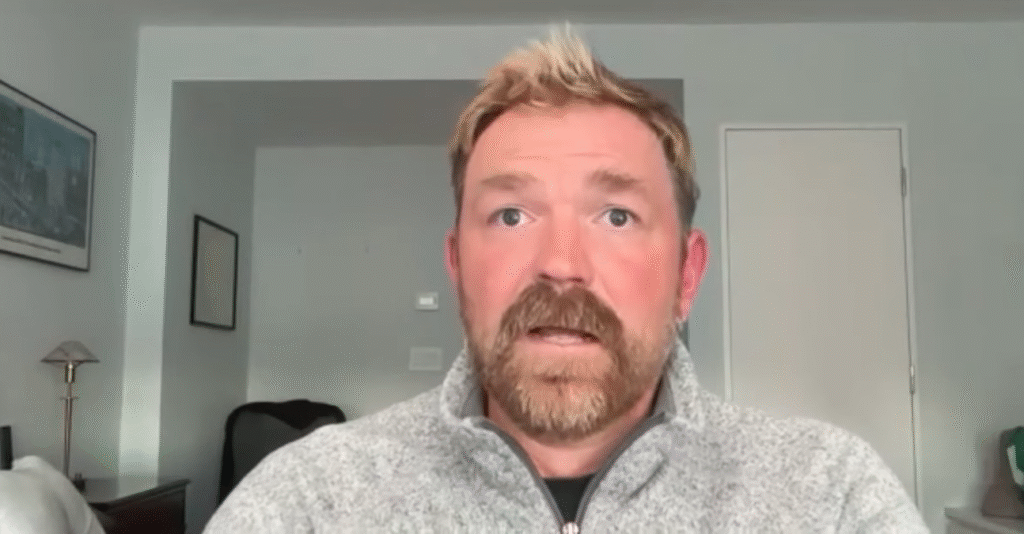Media Double Standards: Tattoos, Symbols, and Selective Outrage
The media went hysterical over Pete Hegseth’s Jerusalem Cross tattoo but are much less concerned about Graham Platner’s Nazi symbol. That split reaction tells you more about where coverage starts and stops than about the symbols themselves.
Hegseth’s Jerusalem Cross is a clear Christian emblem tied to faith and history, and it became a headline overnight. The coverage framed it as provocative, even though the mark is rooted in religious tradition rather than extremism.
By contrast, reports about Graham Platner’s Nazi symbol barely registered with the same outlets that spent days dissecting Hegseth’s tattoo. When a symbol associated with a violent, racist ideology gets a shrug, it highlights an inconsistent standard of what triggers outrage.
This inconsistency isn’t accidental; it maps cleanly onto editorial instincts and political priorities. Outlets that reflexively target conservative figures tend to amplify minor cultural signals when it fits a narrative but downplay or ignore comparable warnings tied to the left or its allies.
That kind of selective attention has real consequences. Individuals get pilloried, careers are threatened, and public debate narrows to a series of test cases meant to prove a point rather than discover truth. When the press picks favorites, trust in institutions erodes and people stop expecting fair play.
It is especially galling when symbols of faith are dissected while symbols of hate are dismissed or softened. Consistency matters if we’re going to hold anyone accountable for what they display or endorse in public life. A consistent standard would help cultural arguments land where they belong, instead of serving partisan ends.
Journalism should be a referee, not a player, yet the rules here look asymmetric. If a symbol’s meaning matters, report it straight and apply the same scrutiny across the board, regardless of the political stripes of the person involved.
At the end of the day, readers deserve straightforward coverage that treats symbols seriously and evenly. The public conversation improves when outlets stop weaponizing outrage and start applying a steady, neutral standard to everyone involved.



